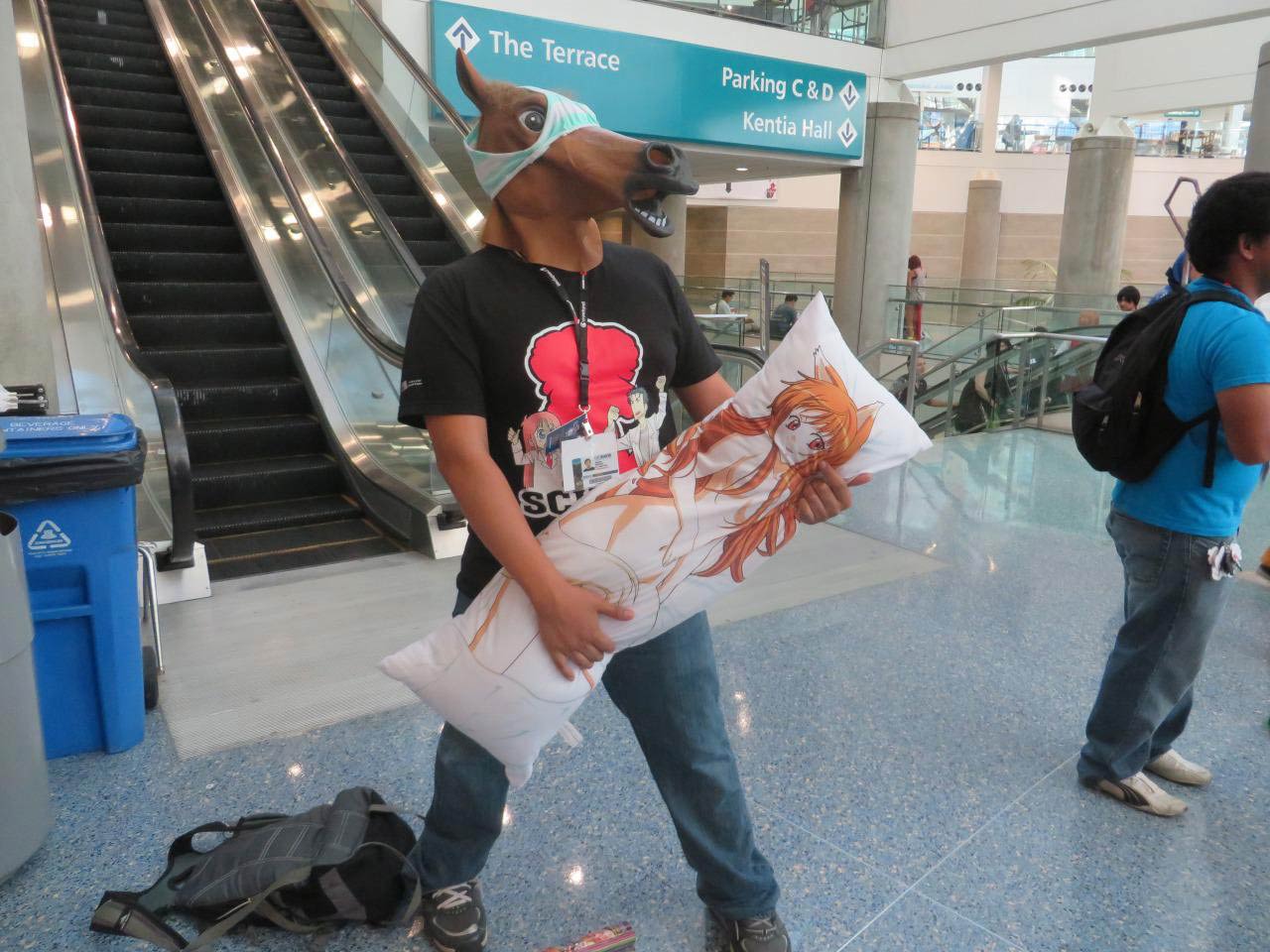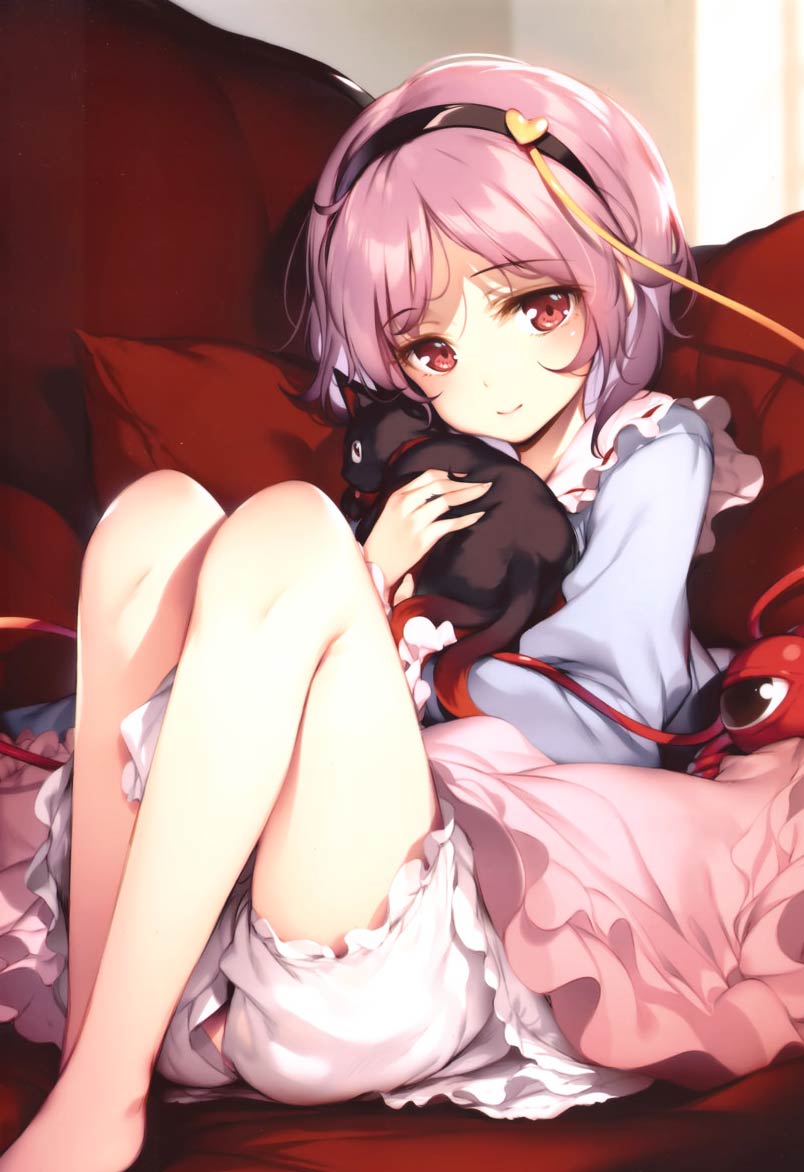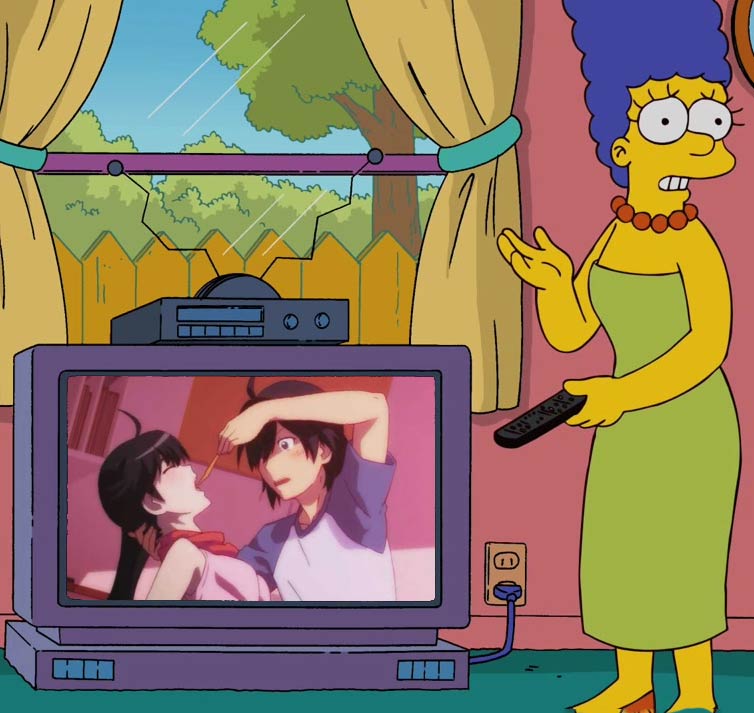Hello all. Last post of 2004. So far I’m having fun with this blog and have decided to move my old homepage over to this system, since it’s frankly better than the rather, ah, interesting system I hacked out for the current peterpayne.net page (which used a shopping cart system to host articles as “products”). Not a good idea.
It was a good year for us. Because my wife is Buddhist, there are occasionally “lucky” and “unlucky” (yakudoshi) years. This was a somewhat unlucky year according to her, and so we pretty much just hung around and did the normal stuff we always do, going only to the normal anime conventions and not doing anything bold or new. Next year (in 2005) we hope to do some new things.
Today’s J-List post is below. You can also read it on the J-List website or the JBOX.com site.
Well, the year is at an end, and we’re all ready for our final J-List update before we enter the new year. Japanese usually spend New Years Eve quietly, watching TV while eating toshi-koshi soba (lit. “cross into the new year buckwheat noodles”), which supposedly helps you live longer because the noodles are long. At 15 minutes before midnight, Japan’s NHK network (the Japanese answer to the BBC) broadcasts quiet, solemn images of shrines, temples and churches all around Japan, lit up to allow eager visitors to get their New Year’s prayers in as early as possible. The bells in shrines and temples ring out 108 times, to purify the 108 delusions that humans are supposed to be subject to, and to ring out hope for the coming year. Then, without any fanfare or countdown, the clock on NHK’s video feed flashes 0:00, and the new year is here.
The centerpiece to New Year’s Eve is without a doubt the Kohaku Uta Gassen (Red and White Year-End Song Festival), the massive 5-hour long variety and music show shown on NHK and broadcast around the world, in its 55th year this year. Virtually all of Japan’s famous singers, comedians and other “talents” (a catch-all term for television performers) appear in the entertainment extravaganza, as the white team (male singers) battle the red team (female singers) to see which side can put on a better show. Anyone who’s anyone will be there, from JPOP diva Ayumi Hamasaki to new faces like Aya Ueto to old standbys like cross-dressing enka singer Kennichi Mikawa, who always manages to spend millions of the taxpayers’ yen on his dress. South Korean stars were very popular in Japan this year, and several will be appearing in this year’s performance. At 11:30 pm, a team of judges and the audience votes to see which group was more talented, and then everyone sings Auld Lang Syne in Japanese. Enjoying Kohaku is a Japanese tradition, just like watching football on New Year’s Day is in the U.S.
This year we’re in for a special treat in our city: there’s a “countdown fireworks show” to be held at the Auto Racetrack, a local landmark. Along with several comedians and other stars, cute-as-a-button Japanese idol Yuko Ogura will be attending, presumably driving up after making whatever appearance she’ll be making in the Kohaku (which is always shot live). While I’d love to be able to see Yuko-chan in the flesh, the Tokyo area is currently being assaulted by freezing temperatures and white, puffy snow — this San Diego boy is not that eager to go outside and freeze his oshiri off at midnight.
2004 was quite a horribilis annus for Japan. While the economy seemed to improve a little, there was also great sadness. A staggering 29 typhoons this season killed many and caused a lot of destruction, including damaging the Miyajima temple near Hiroshima (home of the famous “floating Japanese arch”). Then there was the quake in Niigata which killed some 25 people and brought the mighty Shinkansen train low, which was eclipsed by the far worse tragedy of a week ago. We hope and pray for a happier and more peaceful year for everyone next year.
Remember that J-List has over 2000 cool and unique products in stock for you, with such an amazing range that there’s something for everyone on our site. Many of the items are very limited in availability, and once they’re gone, they’re gone for good. For example, small toys and figures that come with candy inside (candy toys) and capsule toys (called “gashapon,” a word that describes the sound of a toy being dispensed from a vending machine while a child waits eagerly) are popular in Japan right now, but almost without exception, these items are put out into the distribution system once and once only — when they’re sold, no more can be ordered. We regularly receive anguished mail from customers asking why the item they planned to buy wasn’t on the site anymore — so if there’s something you think you’d like to get, we recommend that you act sooner rather than later. To see products updated in the last three days, click this link: http://www.jbox.com/UPDATES/3/
The Japanese have two ways to say “Happy New Year.” On or before December 31st, you tell people yoi otoshi o (short for the longer yoi otoshi o ookuri kudasai, lit “please have a pleasant crossing into the new year”). After January 1st, you greet people with a different phrase, akemashite omedeto (ah-kay-MASH-tay oh-MEH-DEH-toh), which means “congratulations on opening the new year.” We thank everyone for your support of J-List, and promise to work hard to bring you a little piece of Japan next year — yoi otoshi o!!















